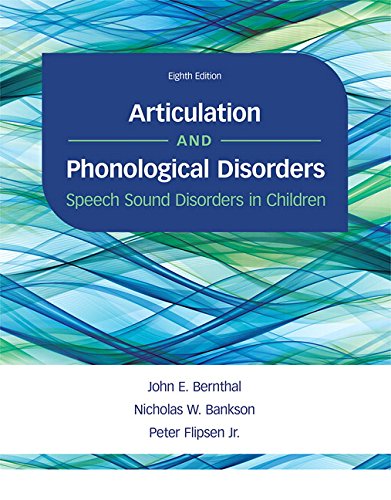

Most ebook files are in PDF format, so you can easily read them using various software such as Foxit Reader or directly on the Google Chrome browser.
Some ebook files are released by publishers in other formats such as .awz, .mobi, .epub, .fb2, etc. You may need to install specific software to read these formats on mobile/PC, such as Calibre.
Please read the tutorial at this link. https://ebooknice.com/page/post?id=faq
We offer FREE conversion to the popular formats you request; however, this may take some time. Therefore, right after payment, please email us, and we will try to provide the service as quickly as possible.
For some exceptional file formats or broken links (if any), please refrain from opening any disputes. Instead, email us first, and we will try to assist within a maximum of 6 hours.
EbookNice Team

Status:
Available5.0
12 reviewsThe leading, most current and comprehensive review of information critical to the study of clinical phonology available.
Long renowned for providing the most up-to-date, extensive coverage of the clinical literature in the area of speech sound disorders available, this leading resource has earned its status as a classic in the field and its rightful place on every speech, language, and hearing clinician’s bookshelf. Readers get an introduction to the normal aspects of speech sound articulation, normal speech sound acquisition, classification and factors related to the presence of speech sound disorders, the assessment and remediation of speech sound disorders, and phonology as it relates to language and dialectal variations. Rather than prescribing a single approach to speech sound disorders, the authors present a range of perspectives on the nature, assessment and treatment of these disorders. Articulation and Phonological Disorders is primarily concerned with those disorders not etiologically associated with known or obvious sensory, structural or neuromotor deficits. Among the changes and updates to the Eighth Edition are an expanded focus on evidence-based practice, the reorganization of several chapters, and an updated discussion of childhood apraxia of speech.